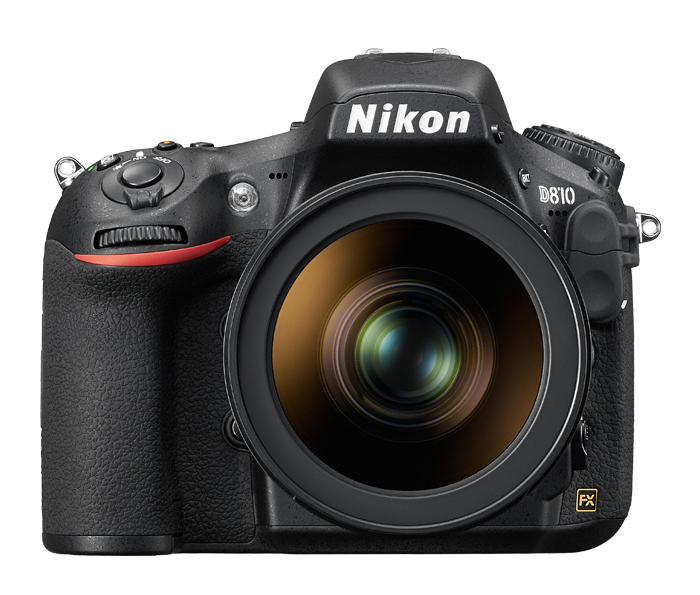I almost titled this “Puff the magic camera”! Why? When you add up all the menu items in the new DSLRs and then consider the infinite configurations of those settings, you get a truly mystifying piece of equipment! I have watched people fumble around with various cameras in the dark, during great light, and in the middle of the day. No matter what there is always fumbling of the camera settings. Most people think working a large format 4×5 view camera takes a lot of time, but what I have noticed is many people are taking more time messing around with various camera settings than it would take to set up a 4×5 field camera.
I began teaching photography workshops when I was 29 years old and most of the tech talk, besides film, was about understanding the concepts of aperture and shutter speed. Recently, I have noticed many people attempting to learn the various camera settings before they understand the basics of photography. Talk about putting the cart before the horse! I have colleagues who have been pros for over 20 years, who don’t know what most of their cameras are capable of doing, seeing as they use it in one way and don’t bother with the rest! For example, I have met many who have used and owned Nikons for over 6 years and can’t explain to me what “menu banks” do or how to use them.
Recently I encouraged my friend David Rosenthal to purchase a new Nikon D600. I recommended it for many reasons but in particular the addition of User Settings! This is the first DSLR from Nikon to add this feature as a dial setting on the top of the camera and I promised to help him “dial it in.” With the D600 in hand, I began stumbling through the new menus, barking out specific settings I would use and how best to store them. About a quarter way through the process David stated that we should add up all the settings and then list them on a spreadsheet. Before long we were deep into our new project, clearing up camera settings!
David and I sat down to clear up some of the mystery in two very common pro/amateur camera bodies, the Nikon D600 and the Canon 5D M3. While teaching digital photography workshops during the past 7 years, I have noticed that the two most popular camera manufacturers are Canon and Nikon. I do see a fair share of Olympus, Pentax, and now Sony but usually only 1 out of 10. What strikes me as odd is how often each manufacturer changes the location of certain settings. It would be entertaining to watch a time-lapse of all the locations ISO has been placed on a camera! The inspiration for this was that for the first time Nikon has switched the “Shooting menu banks” and “Extended menu banks” to “User settings” on the dial. The big difference is that the user settings are saved and the menu banks simply default to how you last left them.
The logic that makes the most sense to me is to have a particular camera configuration saved that you know encompasses all the settings you have come to love and want in your camera. I have been in locations at high elevations where the temperature is below freezing and the wind is blowing so hard it’s lifting my eyelids. The last thing I want to do is fumble around with tiny little buttons with my gloves off to adjust camera settings. I know that might be extreme conditions but even when I roll over in a chaise lounge while sunbathing on the deck of a cruise ship, I still don’t want to be fumbling around with camera settings. I want “one” dial or switch where I can go and set a pre-configured scenario of all my user settings. Canon has included this dial in their camera bodies since the 5D M2. Nikon now has such a dial on the D600!
David and I have taken the time to publish a list of all the available camera settings on the new Nikon D600 and to make note of what we think are the best alterations to make for landscape and wildlife photography. We have also listed the 2 scenarios I often utilize while in the field with a camera body that has this feature. I have been using a Canon 7D for several years and found this feature most helpful. The first is for typical landscape photography, and the second is for when an eagle flies by and you want to react quickly to capture an image in a split second.
You can download the PDF here.
I recommend you pour over these settings and become familiar with them so you don’t find yourself fumbling over buttons, menus, and dials while all the action is happening. Oh, one last thing: another very helpful feature in most DSLRs today is the “My favorites” tab. This is where you can save up to a certain number of your most commonly used settings that you can’t get to from dials on the body itself. For example, long exposure noise reduction, preview options (turn off for shooting time-lapses), etc.
We plan on releasing the same spreadsheet and recommendations on the Canon 5D M3 and Nikon D800 very soon!
Life is short, take pictures!

